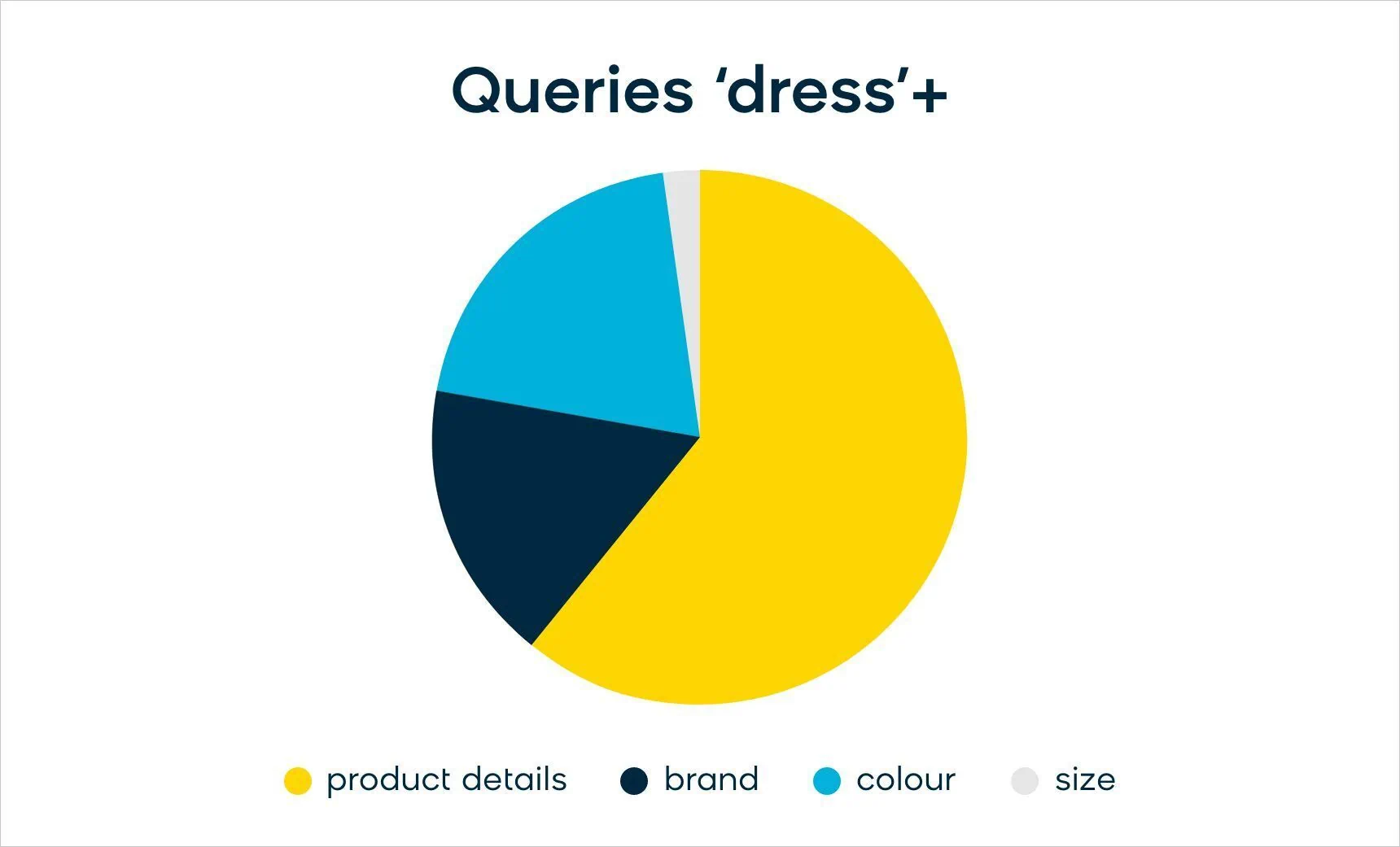Category Management: So Many Browse Mindsets to Serve
According to ThinkWithGoogle, 64% of people use search to address the critical “I-want-to-buy-moment” of their journey. What does that mean for category users? Generally speaking, they could be anywhere in the funnel, from early consideration to active evaluation to moment of purchase (just like search).
This presents a predicament for category merchandisers. Even with an AI-driven merchandising solution, how can we be sure that our experiences serve the various mindsets of those browsing to our top categories?
Not that long ago, intermittent 3rd-party research and merchant intuition was the only guide available – “oh yeah, we know color is the allure but performance is what drives the sale in this category.” And while it might be semi-correct, or even mostly correct, it’s not a solution for serving all non-search shoppers.
Today, however, we have a unique dimension of data that is powerful in understanding your customer’s browsing intent for your top categories.
Let’s look at what kind of voice-of-customer data you can examine to drive elevated category experiences that meet consumer intent head on.
Leveraging Search Data in Anticipating Browsing Shopper Needs
While it’s true that someone navigating to your top categories can have a variety of intents, the general rule of thumb is that they’re trying to narrow down products – from 200+ to 20, to 2, to the 1 they’ll walk away with. As they try to do this, shoppers of various intents interact with different aspects of your category experience: facets, visual pathways, and site search.
Site searches made from a category experience are one of the best leading signals merchandisers can use to understand how their customers are approaching the category – in other words, the first refinement they’re looking to use. Some examples include:
Now, let’s break down each of those queries:
“gluten free cheese” – [Nutrition Attribute] + [Product Type]
“cocktail dress” – [Syle/Occasion] + [Product Type]
“mac skin care” – [Brand] + [Product Type]
Let’s say that these search types represent the majority of searches from those categories.
-
If you’re a grocery merchandiser and neither your facets or your visual pathways include Nutrition Type, take note of that.
-
If you’re a fashion merchandiser and your dress category does not prominently feature occasion/style pathways or facets, take note.
-
If you’re a beauty merchandiser and your skin care category doesn’t promote navigational elements for brands, you guessed it… take note!
Demystifying Your Category Shoppers’ Intents: A 30 Minute Analysis
-
Download the top queries searched directly from each top category, setting a minimum-visit value to ensure impact.
-
For broader stroke themes (like dresses), combine all query data from each subcategory. For fine-point specific use cases, simply execute for the individual category.
-
Parse the data to surface patterns in what consumers shopping this category frequently search for. Do many of the queries include color, size, or brand? Focus on categories with 15%+ refinements.
-
Once identified, these attributes make excellent candidates for boosted facets within that specific category. They also make obvious candidates for visual pathways above the grid.
Your goal is to walk away with a pie chart of search intents broken down by category. An example looks like this:
Now that you have the consumer intent firmly in hand for your top categories, let’s look at several tactics you can employ to test your ideal category experience.
Tailor Category Experience to Voice-of-Customer Data
With this data, there’s a few tactics you can test to meet your category consumer intent head on:
-
Update your facet hierarchy accordingly – if the attribute of [Brand] stood out in your search refinement data, prioritize that facet and ensure facet values and sorting are using best practices.
-
Create visual pathways above the product grid based on the top query type – if the attribute of [Occasion/Style] rose to the top in searches from a category, include your top brands visibly above the grid.
-
Structure your content on your category experience to reflect the “way in” surfaced from top queries from that category – if the attribute of [Nutrition] rose to the top, consider listicles that feature product recommendations or curations based on popular nutrition use cases, i.e. “Gluten-Free Picked for You.”
After you’ve determined the tweaks you want to make to facets, visual pathways, content hierarchy, and any rules for the grid for each of your top categories, it’s time to A/B test.
After 14-30 days, depending on your site traffic and your allocated traffic percentages for your tests, you should have some clear winners that rise to the top. It’s all about paying off the voice of consumer by placing highly visible shopping elements that reflect their desired way to shop the category.
By leading with search data, merchandisers can create category experiences that meet consumer intent head on, reaping the benefits from easing buying friction: revenue and growth!















